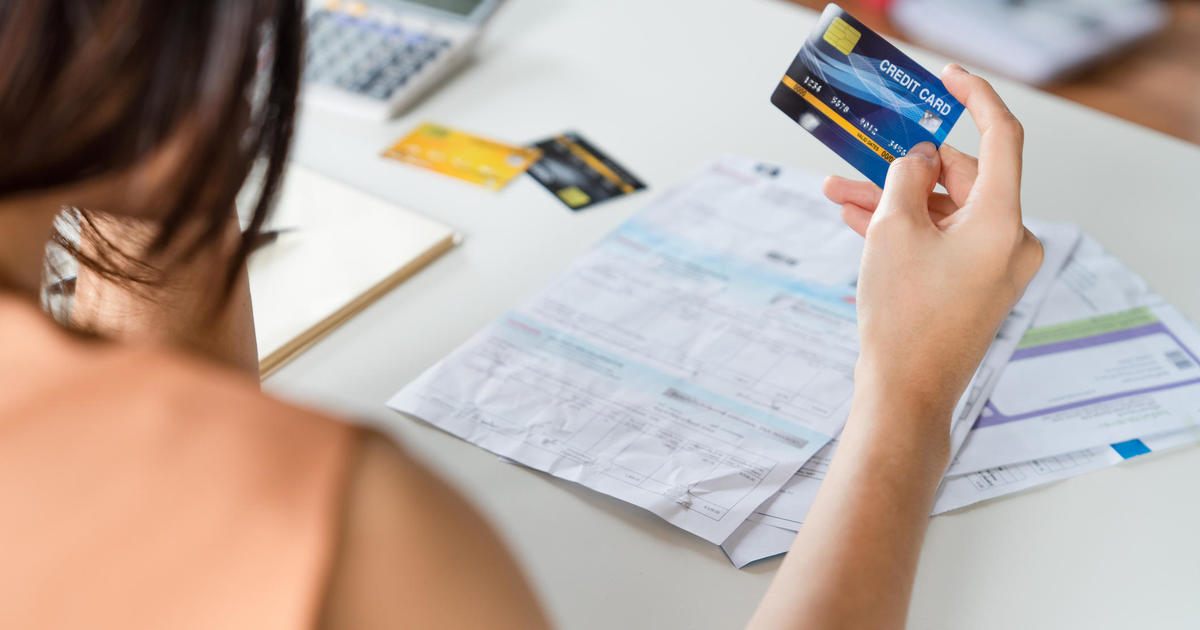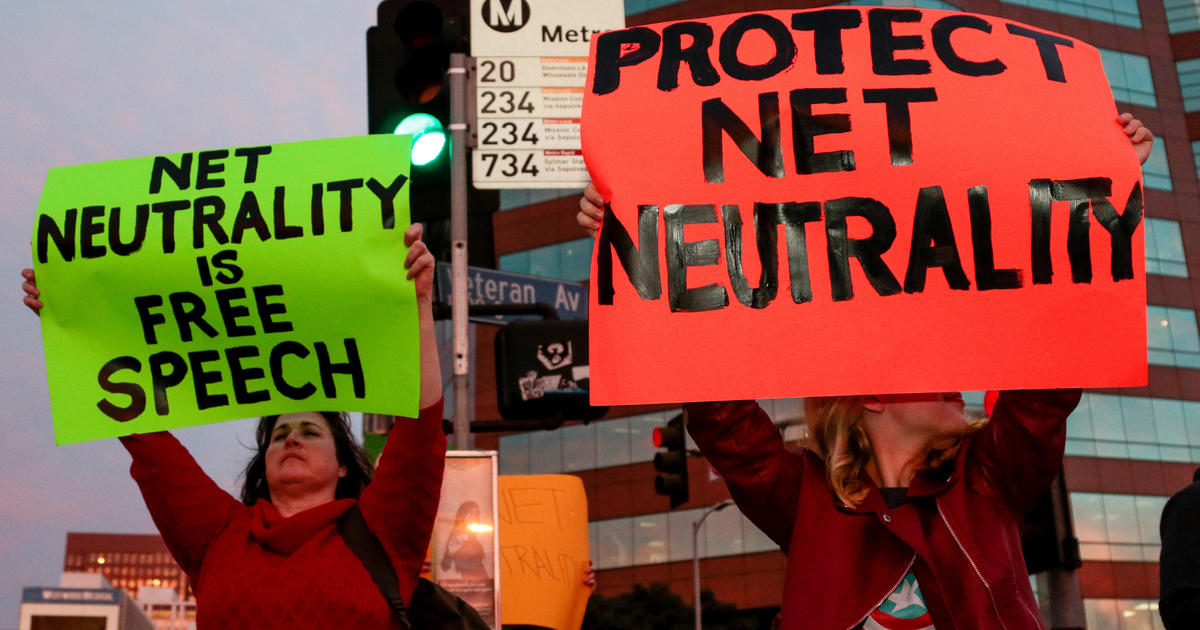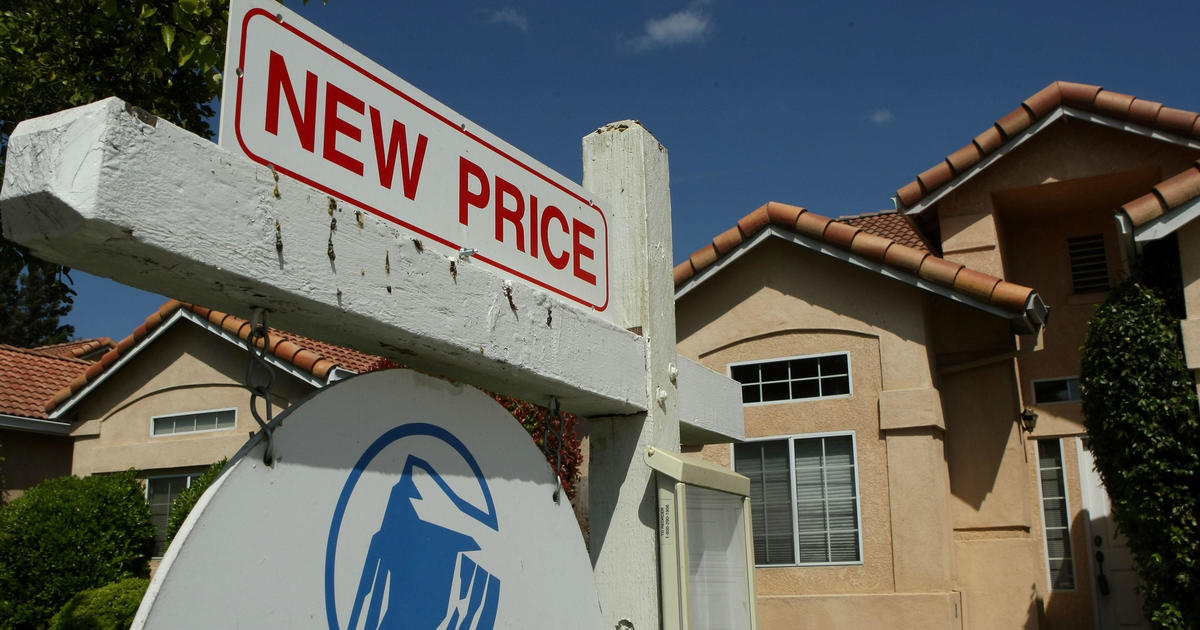Fashion resale gives brands sustainability and revenue boost. Consumers win, too.
With an eye toward sustainability and also greater profits, an increasing number of mainstream brands are telling their customers to bring back their lightly worn and used goods for store credit or cash.
For brands that make high-quality, long-lasting apparel and other goods, in-house resale programs give them an opportunity to sell items twice, or even multiple times, while also keeping garments in circulation longer and, in theory, reducing waste by producing less.
Sustainable fashion pioneer Eileen Fisher, workout wear company Lululemon, Swiss running company On, and J.Crew are among the companies that have launched their own resale programs in recent years, as consumers increasingly prioritize corporations' environmental and social practices — and even goods' resale value — when choosing where to shop.
These programs appeal to two types of customers: Those who bought items new and want to make some money cleaning out their wardrobes, and purchasers of pre-owned goods, who want brand-name items but don't want to pay full price.
Brand-owned resale programs are cropping up alongside consignment marketplaces that deal exclusively with worn goods, such as Poshmark, TheRealReal, ThredUp and others.
Trove, a fashion and apparel re-commerce logistics and software company, powers in-house resale programs for 20 brands and counting, including outdoor apparel company Patagonia, technical clothing maker Arc'teryx, Lululemon, On and more.
Good for business and the environment
Newcomers to resale are investing in the category as part of their commitment to be more sustainable and reduce carbon emissions. Businesses that have had programs for years are already seeing positive financial returns, according to Trove CEO Gayle Tait.
Patagonia's Worn Wear program, launched more than a decade ago, is among those that turn a profit on their own.
"We're seeing brands that have been in the space for a while really getting to the stage where this is powering a meaningful part of their gross merchandise value," Tait told CBS MoneyWatch.
"Brands are starting to understand that making high quality items that are durable and have multiple owners over their lifetime is a way to build loyalty and brand relevance, as well as reducing carbon emissions in the supply chain. It feels like it's a win all around for the brand and customer," Tait said.
In 2022, the global market value of secondhand and resale apparel was valued at $177 billion, according to a Thredup report. By 2027, it's expected to double in size.
Trove's own business grew by a record 50% in the fourth quarter, compared to the same period one year earlier.
Online consignment and thrift store ThredUp also powers resale channels for about 50 brands.
"Every brand is different but, in general, they are paying us to do a lot of the processing and work. And when the items are sold on their website, they get a revenue share. Generally speaking, it's either break-even or positive for retailers," ThredUp CEO James Reinhart told CBS MoneyWatch.
Are companies actually producing less?
Brands that have been in the business for close to a decade have made strides in growing the percentage of business that comes from circular, according to Trove.
"With this circular channel, [brands] generate revenue from items they have already produced," Tait said. "This means you can both generate revenue and reduce emissions overall."
Reinhart said these programs will have to grow in scale before they're contributing enough profits where companies can produce less new product.
"It's not changing how much they are producing just yet," Reinhart said. "But the idea that they can sell items secondhand or even a third or fourth time and make money each time — I believe, over time, will create downward pressure on production."
How do I maximize my earnings?
There's room for marketplaces like ThredUp, TheRealReal and even e-commerce sites like eBay, that don't specialize in apparel, to coexist with brand services.
"There are options and choice for the customer and that is a good thing," Reinhart said. "It allows them to prioritize their time and how much money they want to earn."
Customers should weigh their priorities when deciding what kind of resale channel to go through. Here's how Tait prioritizes her old clothing items.
One-stop shop
Because ThredUp works with multiple brands, consumers looking to clean out their closets can fill up one of the company's free "Clean Out" kits and earn cash when their items sell or shopping credit on the spot, without having to do any of the heavy lifting of photographing and listing products and marketing the items to other shoppers.
That's how Tait cleans out her own kids' closets.
"I fill up a bag and send it to ThredUp. I know I'm not going to get a lot of money, but it's out of the house and I feel good knowing that those items will stay in use," she said.
Direct to brand
If she's selling a pricier item, like a Canada Goose parka which can cost more than $1,000 new, she'll go directly to the brand. By doing so, she'll receive a gift card equal to a percentage of the resale value right away that she can use to shop again from the same retailer.
A consumer with a parka that retails for $1,650 new can earn up to $897 in credit — or more than half its original value — for trading it in.
"If you want the value straight away, go to the brand. You don't have to wait for it to be sold, it's not consignment," Tait said.
Marketplace gamble
A key consideration is how quickly shoppers want credit and whether they prioritize an immediate payment over a larger payment.
Listing an item on a marketplace is a longer process that could mean greater earnings, but if an item doesn't sell, it could be returned to you.
"If I list my product myself on eBay, I have to wait longer because I have to wait for the customer to purchase it. So I hang on to it longer," Tait said.
The key consideration for consumers, according to Tait? "Are they done with the use of this item and want a gift card that gives them money off a future purchase? Or do they want to maximize the value they get and go through a potentially longer process?"



